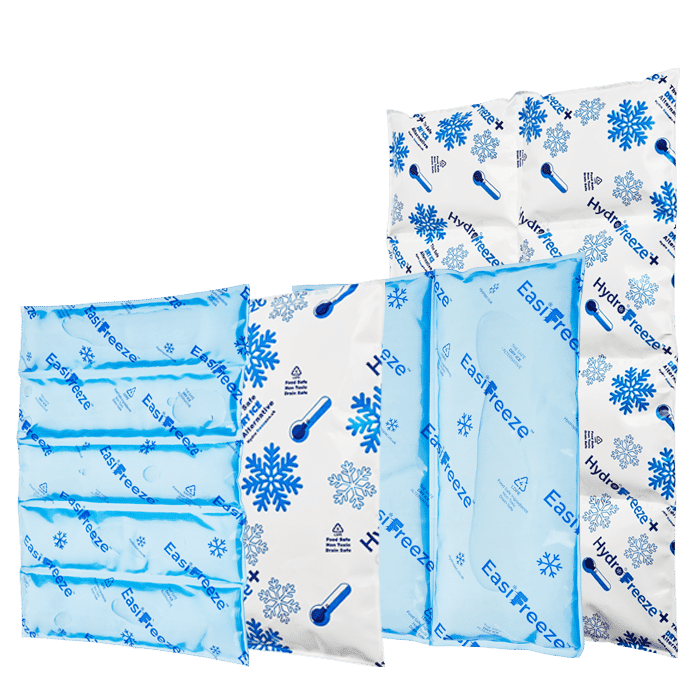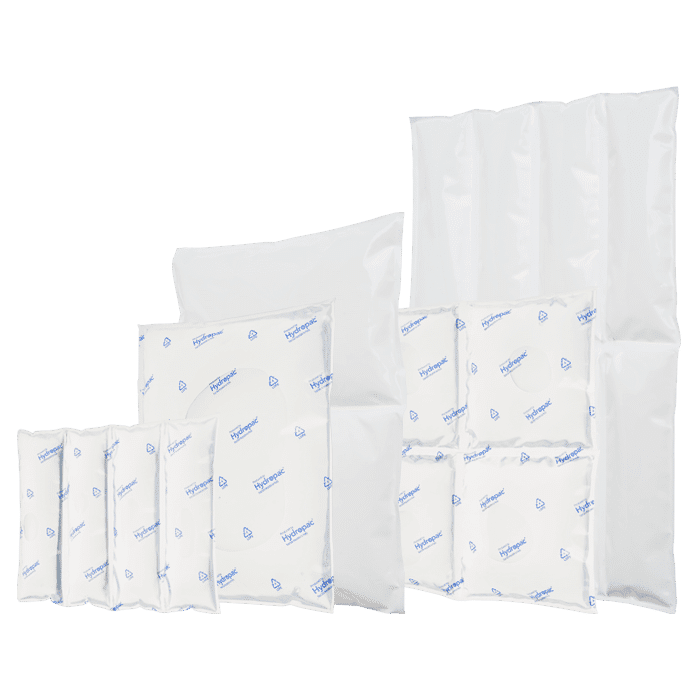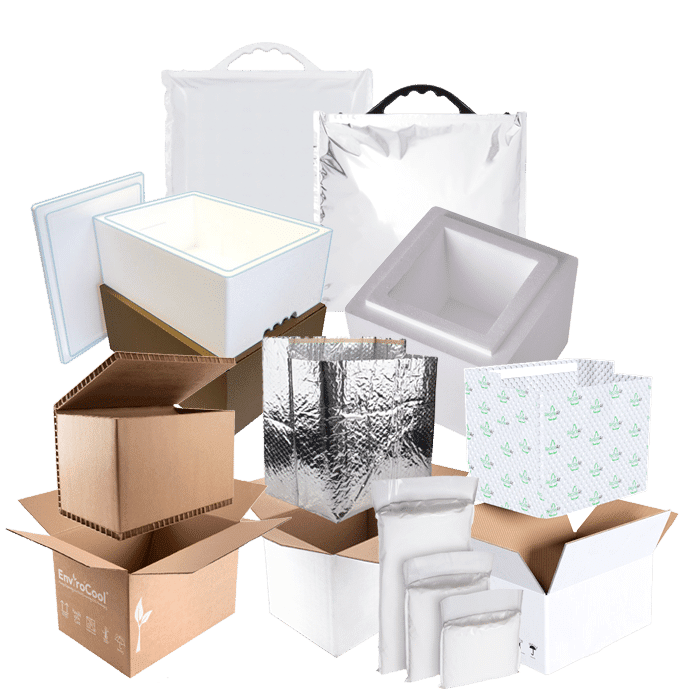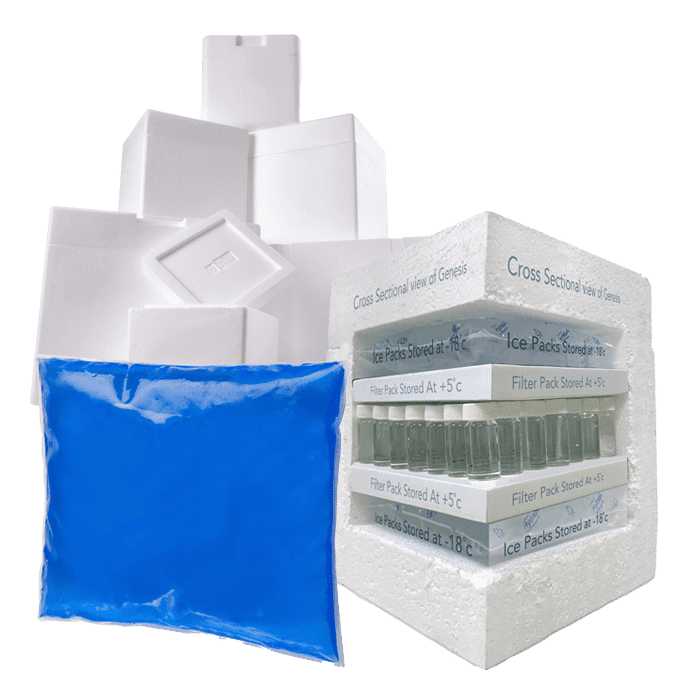5 Single Use Food Packaging Facts
Food packaging is something we see and use daily but perhaps don’t pay a lot of attention to – after all, we only need it until we want to use the food inside and then (most of the time), the packaging goes in the bin, whether that is to landfill or recycling.
That said, maybe we should pay more attention to food packaging. After all, it actually plays a massive part in protecting the food we eat and in recent times has been under close scrutiny in terms of how eco-friendly it is (or isn’t, as the case may be). Single use food packaging in particular has been targeted as one of the bigger issues when it comes to eco friendliness and with the Plastic Packaging Tax coming into force next year, something that has been subject to change.
- Over half of the single use packaging manufactured every year ends up in landfill!
This is a serious issue. There are over 500 landfill sites in the UK alone, handling an estimated 23% of all the nation’s waste. These sites continue to grow even with increased focus on recycling; it is estimated that only a third of all the plastic packaging in the UK is recycled. Imagine how much of the UK’s land will be covered by landfill if we continue to fill, and create, landfill sites.
Custom chilled solutions for you
Hydropac offers every customer a customized solution for chilled and conditioned shipping. For example, we help a customer with limited freezing capacity to deliver gel packs frozen and ready to use, and we can manufacture almost all shapes and sizes of cooling elements. As a customer, you come first: we are here to help you.
If you are interested in where your nearest landfill is, please see https://www.anyjunk.co.uk/blog/2020/01/20/uk-landfill-site-map/
- Disposable cups and straws have been two of the biggest culprits
At one point, over 500,000 plastic straws and 500 billion syrofoam cups were being thrown away each day. Neither of these are recyclable, so have been slowly but surely taking over landfill sites and ending up in the ocean. They do not biodegrade quickly; on average, one plastic straw will take 200 years to biodegrade and one Styrofoam cup, 500 years.
- Only 1% of plastic bags are recycled, even with recycling schemes available
Many supermarkets offer recycling schemes but not many people actually use them. instead, the majority of plastic bags end up being reused at home until they break, and then go to landfill. Sadly, of the 99% plastic bags not recycled, 10% will end up in the oceans.
Even with the introduction of the plastic bag charge, many people still buy these either at the tills or for their home shopping deliveries. Whilst very convenient, they pose a big threat to animals and marine life, as they contain materials that are toxic when ingested. It is estimated that 100,000 marine animals are killed by plastic bags every year, which means they have a bigger impact on animals than they do on humans who use each one for around 12 minutes.
- The oceans are littered with plastic; over 10 million tonnes go in every year
This is a ginormous figure and hard to imagine – to put it in context, there is a mass of floating plastic in the Pacific Ocean that is twice the size of US state Texas. It is actually called the “Great Pacific Garbage Patch” and is the largest plastic rubbish site in the world.
Another sad fact about ocean pollution is that all sea turtles, even the smallest babies, have plastics in their systems.
- All types of single use food packaging items make an impact
Sustainability Hydropac and CSR
Sustainability isn’t just a trend for us – it’s a promise. As we innovate, create, and lead, we keep our planet’s well-being at the forefront. With Hydropac, you’re not just preserving the quality of your cargo; you’re contributing to a healthier world.
Experience the power of sustainable temperature assurance with Hydropac – where excellence and environmental responsibility coexist for a brighter future.




